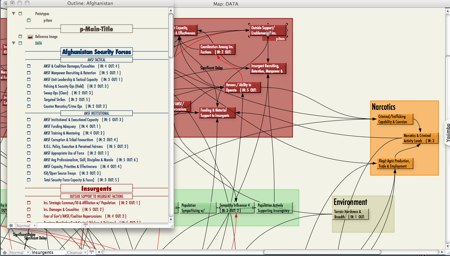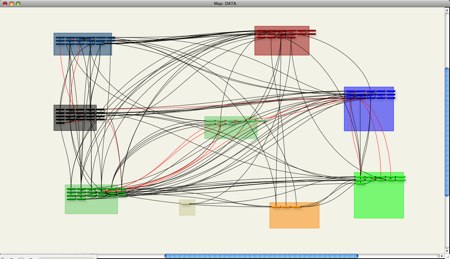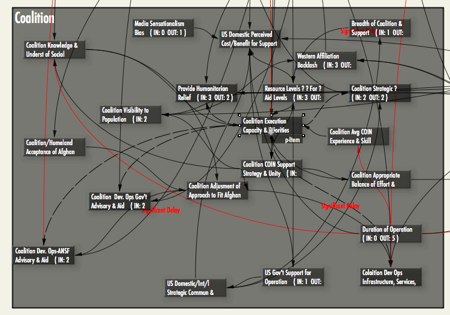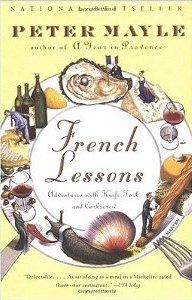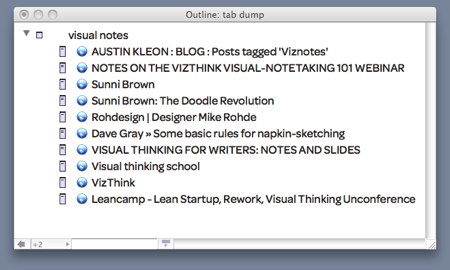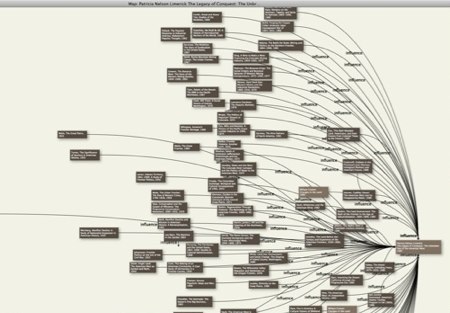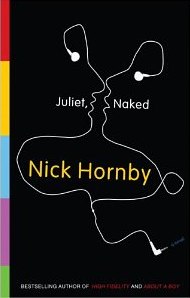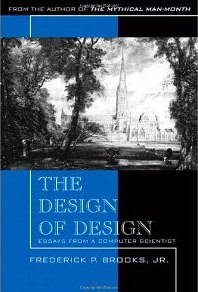I find the whole Apple-Flash brouhaha to be unpleasant to watch. Lots of good people happen to make a living from their Flash expertise. When people criticize Flash, that takes groceries off their table. It makes them angry and resentful. When Apple pokes holes in Flash, it hurts their livelihood and damages their careers. The popular metaphors of the internet community – rich in jargon terms like “open”, “free”, “evil” that have acquired very technical meanings but retain their primal resonances – have been profoundly unhelpful.
John Gruber’s recent analysis of Apple’s policy is, I think, almost exactly correct. He is right to pinpoint PowerPlant/Metrowerks as a source of Apple’s anxiety. (Tinderbox is still struggling with that one.) Java was another bad memory for Apple. An even worse memory, I think, is OpenDoc – the platform on which Apple bet the company, and lost.
But Gruber forgets the emotional memory behind all of this.
In 1997, Apple was on the ropes. Every trade press story speculated that Apple would soon go out of business. Apple’s computers were toys, hapless, hopeless. The only hope seemed to be that Microsoft’s antitrust problems would extend the struggling company’s life a year or two and something might turn up.
The last straw — what everyone feared and anticipated — was the seemingly-inevitable Microsoft announcement that Apple’s market share was too small to be worth Microsoft’s trouble, and that Office for Mac would be cancelled. On that day — and we all expected it — Apple would for all practical purposes cease to have a business.
It didn’t happen. Microsoft didn’t want to face the anti-trust consequences. They promised to extend Office a few years, and lent Apple $150M, and Jobs came back.
And somewhere in the recovery was a moment when Apple stood on a hill, before the setting sun, and shook its fist at the heavens and vowed that it would never be hungry (and powerless) again. Never again would another company decide whether the Macintosh lived or died. So, Apple supplanted Metrowerks and wrote its own IDE. It wrote Keynote to inform Microsoft and the world that, should Microsoft discontinue Office for Mac, Apple would be prepared to replace it without delay. It wrote Safari to ensure that it would have a Web browser, come what may.
This is the key to modern Apple. It’s a big company, and it’s now wildly successful. It assumes that it can write a successful software product in any niche. It’s very talented and very confident. But always, at the back of its collective mind, is fear — the fear of depending on the kindness and competence of others, and the fearful memory of the days when it was cowering in a dark closet, waiting for the blow to fall, while the trade press laughed and jeered.
